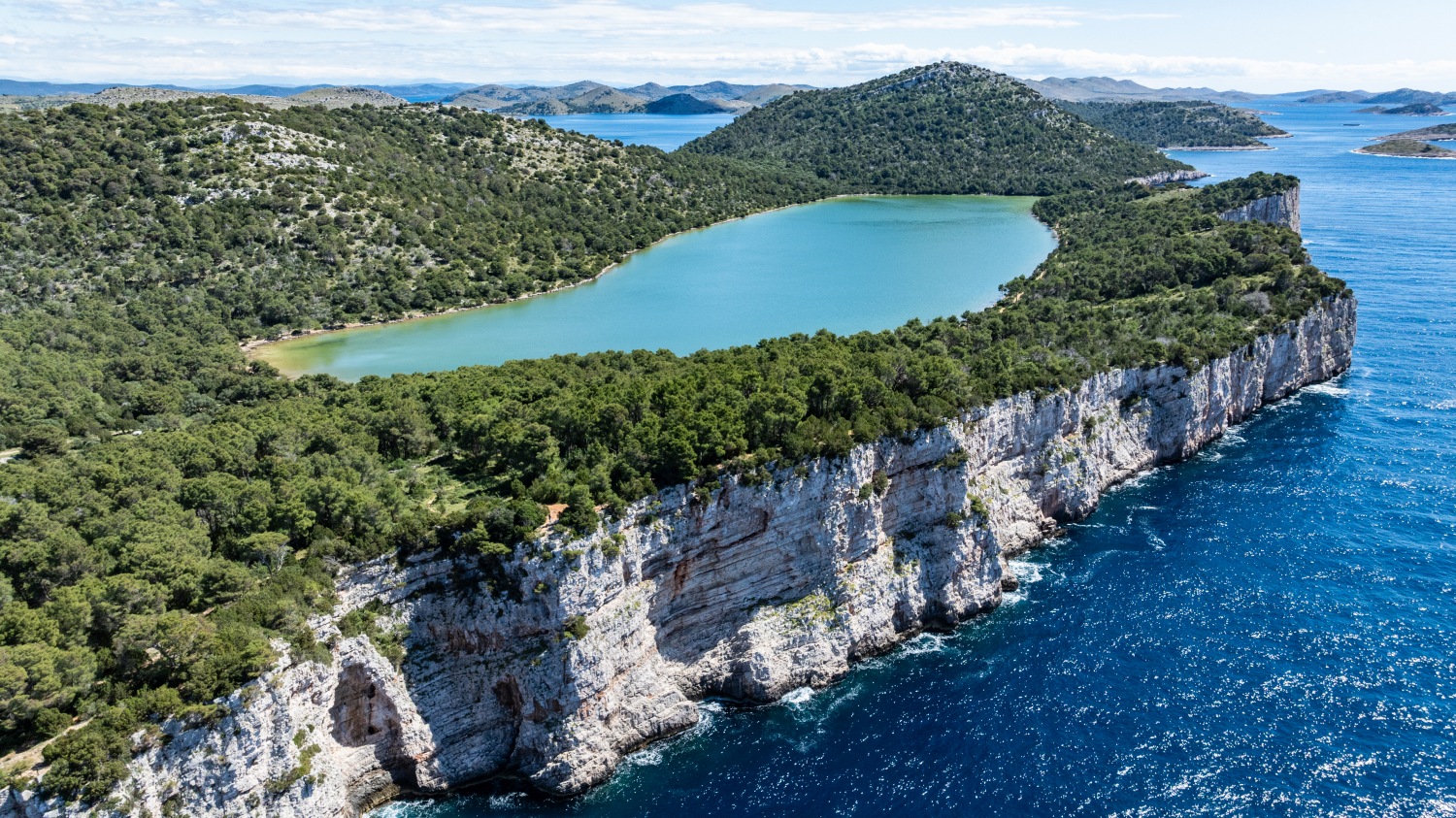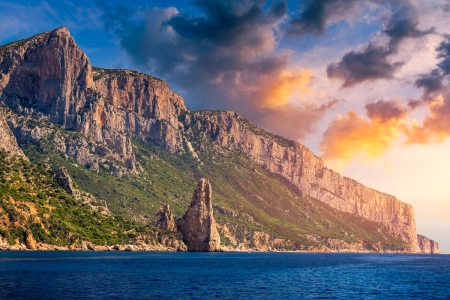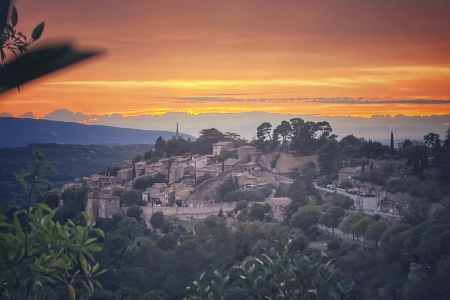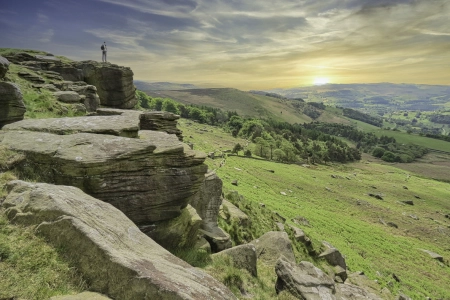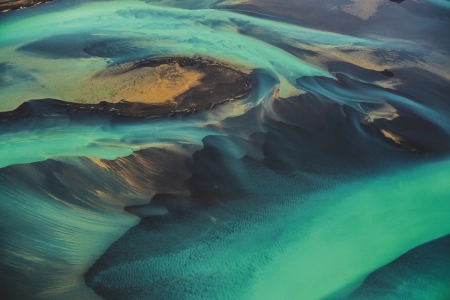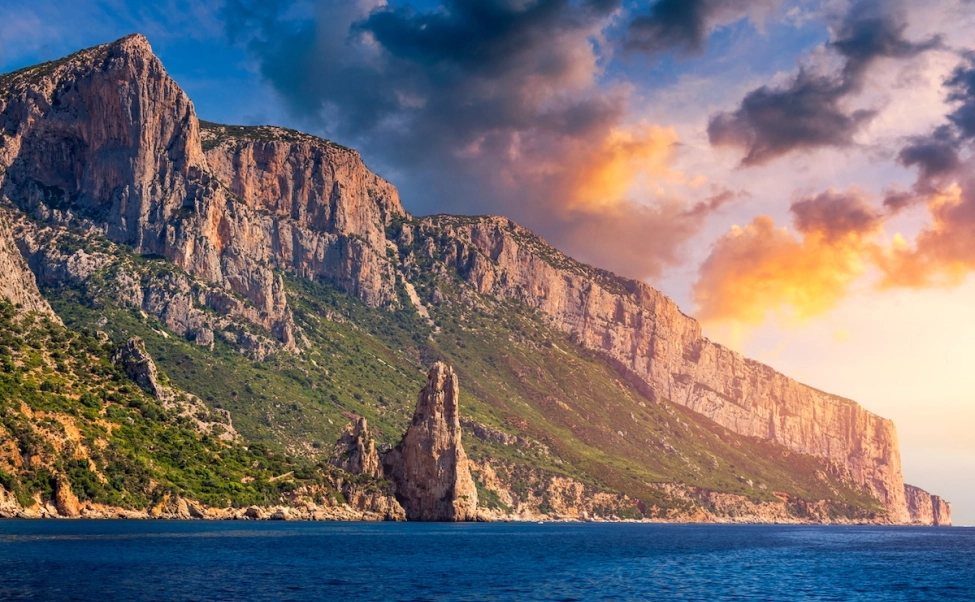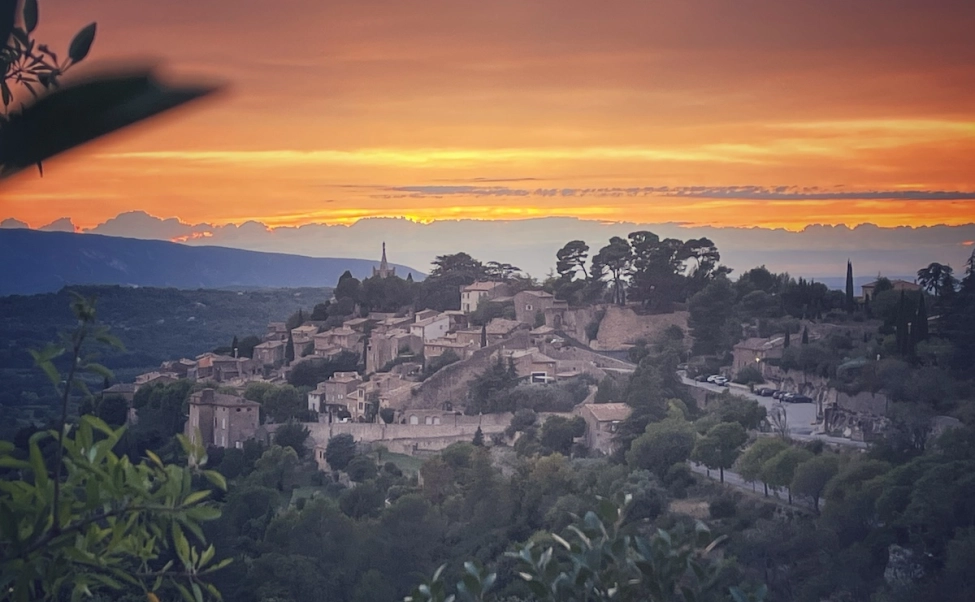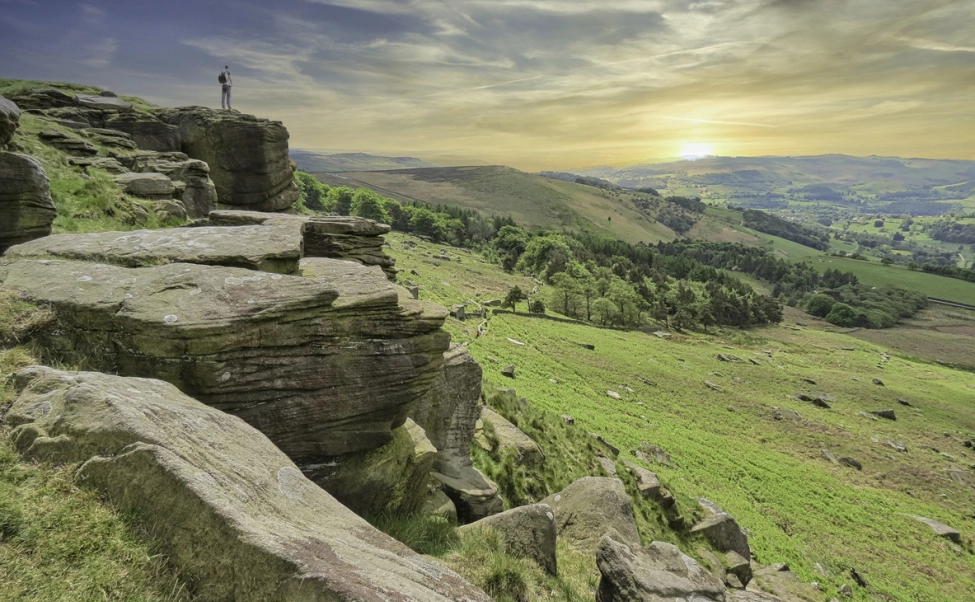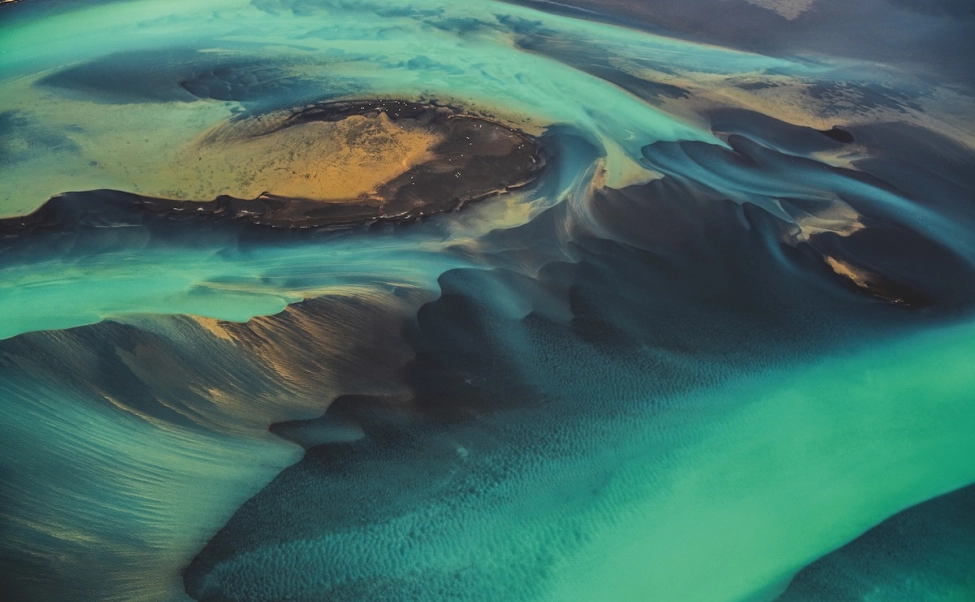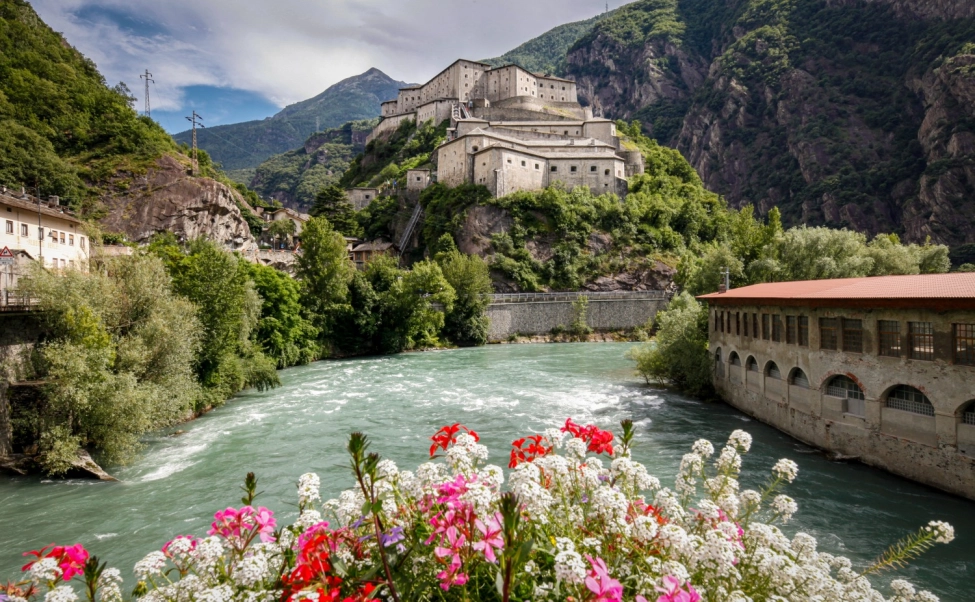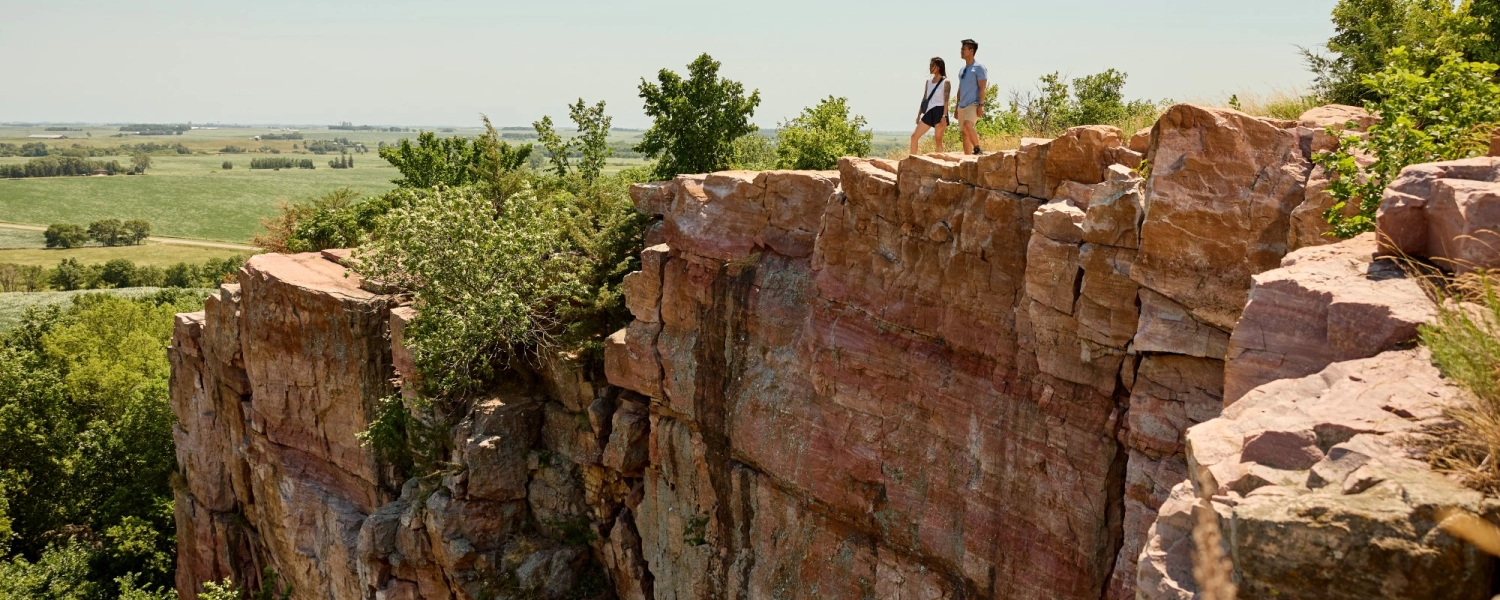- Details
- Written by: Sian Lewis
Would you rather have the mountains or the sea on your doorstep? It’s the eternal question for people who love adventure, but one that locals from Zadar, on Croatia’s Dalmatian coast, needn’t bother answering—their vibrant city enjoys the best of both. Best known as one of the main entry points into Croatia, Zadar is sometimes seen as just a stopover. But it’s worth more time than that. For starters, it’s already been around for a long time—although it’s less well-known than Zagreb, Split, or Dubrovnik, this is Croatia’s oldest inhabited city.
Lapped by the Adriatic Sea on its western side and framed by the Velebit mountains to the east, this area has been lived in since the 9th century BC, and saw the Romans troop in during the 2nd century. The old walled town is a charming warren of cobbled streets flanking a wide harbour. And while Dubrovnik has Game of Thrones and Split claims to be Croatia’s capital of cuisine, Zadar has adventure—whether you fancy hiking, climbing, kayaking, or sea swimming, it’s all right on the doorstep.
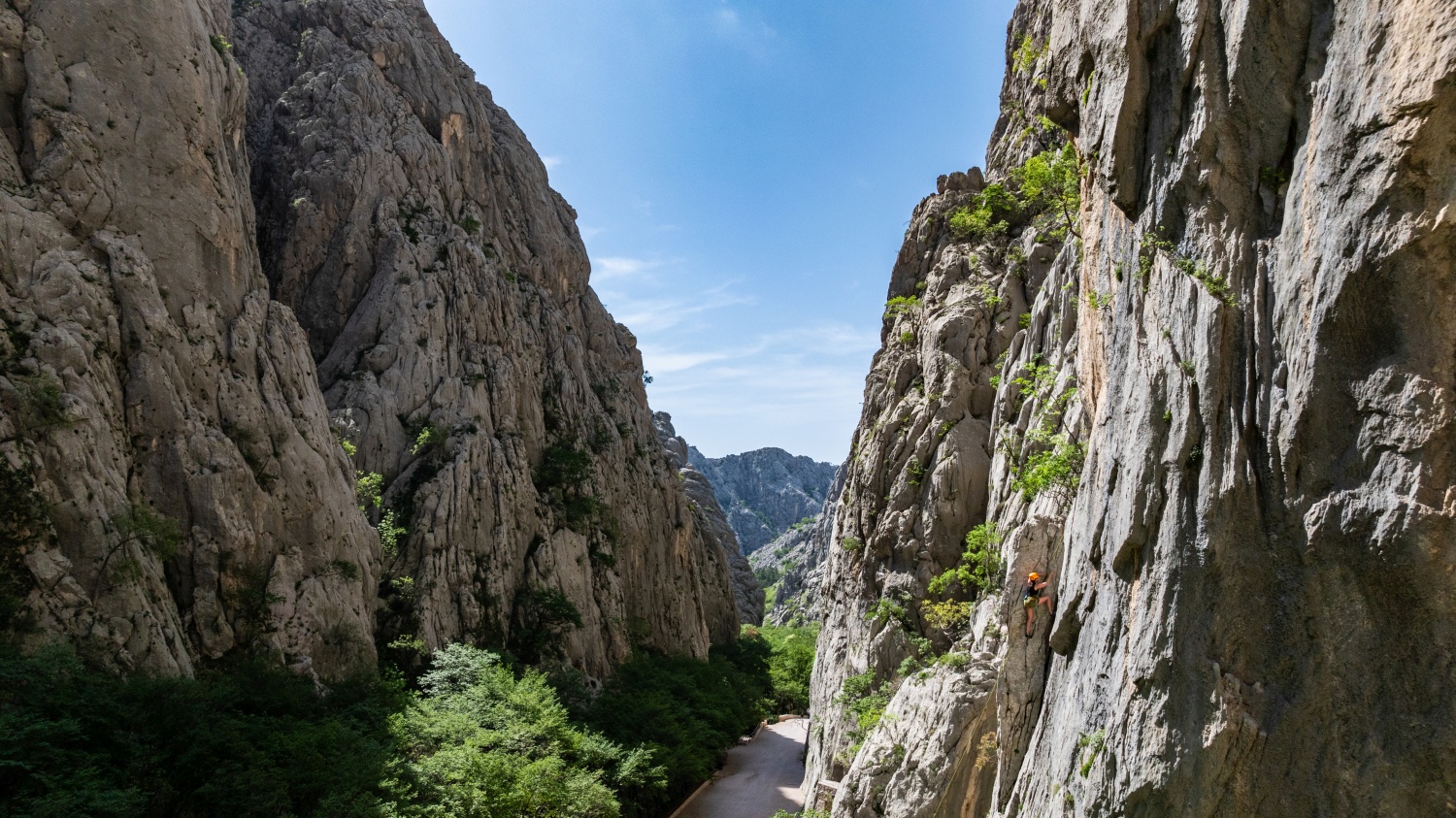
The mountains are up first. The jagged Velebit massif sits temptingly close to the city, with Zadar’s famed sunsets turning their grey limestone peaks a soft pink every evening. I get to experience the rock up close—very close indeed—with local climber Iva Božić, who has been exploring here since she was a child. She takes me to Paklenica National Park, an hour’s drive east of Zadar. It’s a UNESCO world biosphere reserve that doubles up as a playground for outdoorsy types.
We drop our ropes and at the base of one sheer limestone wall, beside a clutch of climbers. There’s no one else here on this gloriously sunny day in early spring. Velebit means ‘huge’ or ‘magnificent’ in Croatian, and it looks irresistibly untamed on the map—a 145-kilometre-long mountain range criss-crossed by hiking paths and dotted with remote refuges. While I’m contemplating all this natural beauty around me, Iva has already scaled a few climbing routes as gracefully as the local chamois do. Then she announces that it’s my turn. I rope up and awkwardly make my way up a 5c sport route, clinging desperately to the limestone. Three quarters of the way up the wall, however, I forget to be scared and instead start to drink in the mountain vistas stretching out before me, and the feeling of the sun on my face.
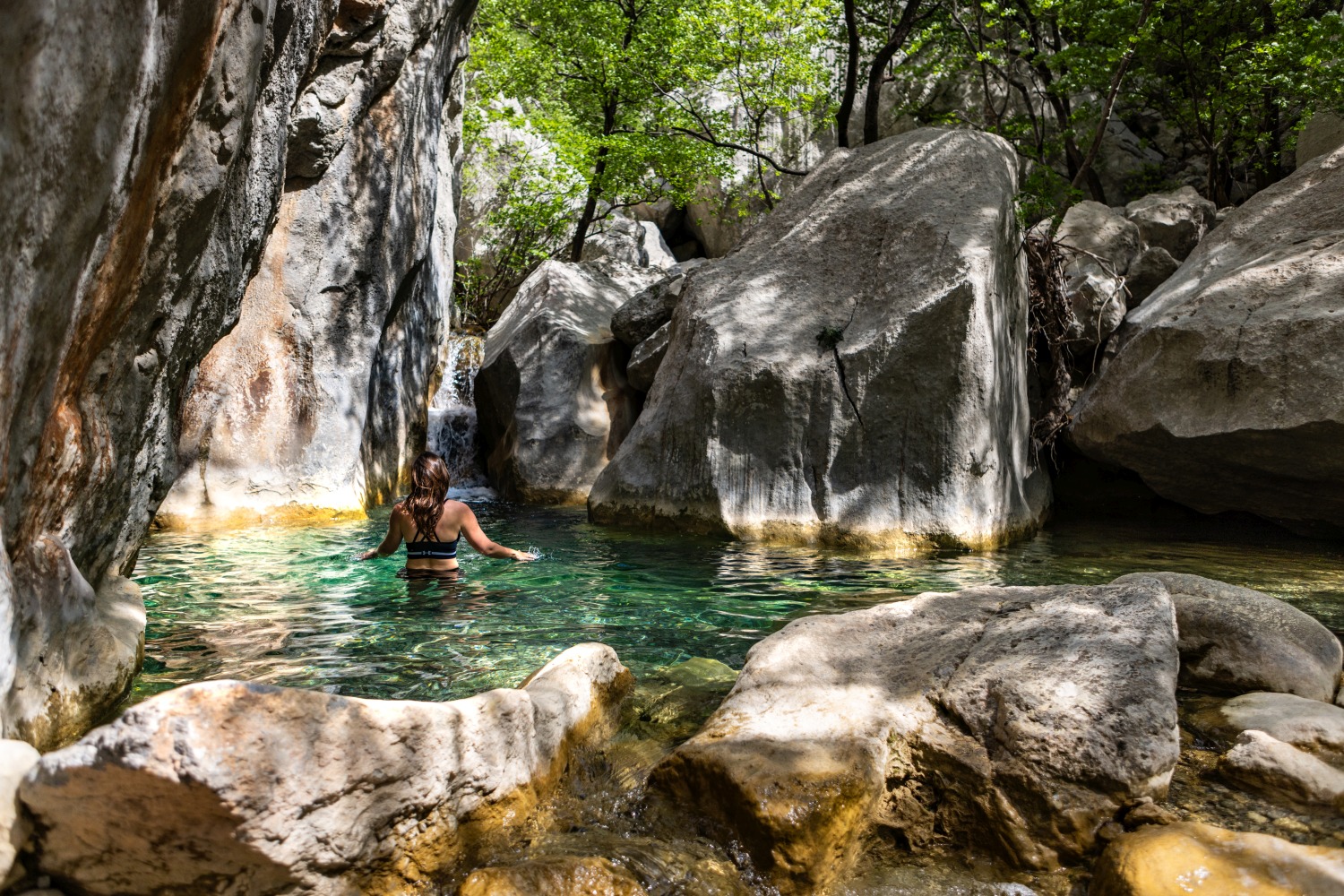
Once I’m back on solid ground, we follow a path snaking up into the mountains for a few kilometres, stumbling across a still pool of emerald river water that’s perfect for a swim. When I’ve dried off, Iva leads me on what she describes as an “easy 15-minute walk” which turns out to be a steep scramble up scree to another climbing pitch.
“Almost by chance, we stumble across a pool of emerald water that’s perfect for a swim”
The national park is spread out below us like a map as she shimmies up another vertiginous route on orange tufa and points out Anića Kuk, Zadar’s version of El Capitan, which draws crowds of climbers each year to its notorious north face. There’s a cooling breeze up here and Iva tells me it’s a hint of the famous Bura, a northerly wind that sweeps the Adriatic. It’s generally considered healthy and invigorating, but it can be so strong it’s been known to blow climber’s helmets off.
Rock conquered, it’s time to embrace Zadar’s wild water. I’ve been rafting before, and I’ve been on a rollercoaster before, but I’d never combined the sensation of the two—until now. As we slip over the edge of the Zrmanja River’s steep rapids, I’m repeatedly smacked in the face by the white water. The raft I’m in looked solid when I hopped into it at the Riva Rafting adventure centre, but it now feels as structurally sound as a bouncy castle. Once we’re over the edge of the Ogarov Buk waterfall, however, the wet’n’wild ride turns into a beautiful cruise. The river is calm, and flanked by reeds and wild fig trees, with tall, rocky gorge walls rising dramatically behind them.

The world’s best sunset
Back in Zadar, I’m searching out another natural spectacle—the setting of the sun. Outside the walls is the city harbour, where visitors and locals alike have gathered to wait for what Alfred Hitchcock once called the “world’s most beautiful sunset”. We lounge all together on wide stone steps to watch the hot-pink sun slip down below the Zadarian islands, to the strangest of soundtracks. It’s created by the “Sea Organ”, an art-meets-instrumental installation built into the steps themselves by local architect Nikola Bašić. When the waves rush in under the steps, they force air upwards into a series of organ pipes, which chime in different notes. It’s a calming and slightly otherworldly spot to sit and drink in city life.
Centuries of history jostle for space with modern bustle in Zadar’s city centre. Narrow streets lead to an ancient Roman forum and cobbled lanes are packed with ice cream shops, outdoor cafés and a weekend market selling a rainbow of fruit, vegetables, and fresh-cut flowers. I’m rambling about with an ice-cream and my incredibly informative guide, Ana Bašić Alerić, who has lived here all her life. She points out the Roman ruins, Byzantine churches, and the Italian influence that are relics of the past 2,000-plus years of civilization here. The old town is still guarded by UNESCO protected city walls – the Fosa land gate and the sea gate, built by the Venetians in 1573 to guard this important port.
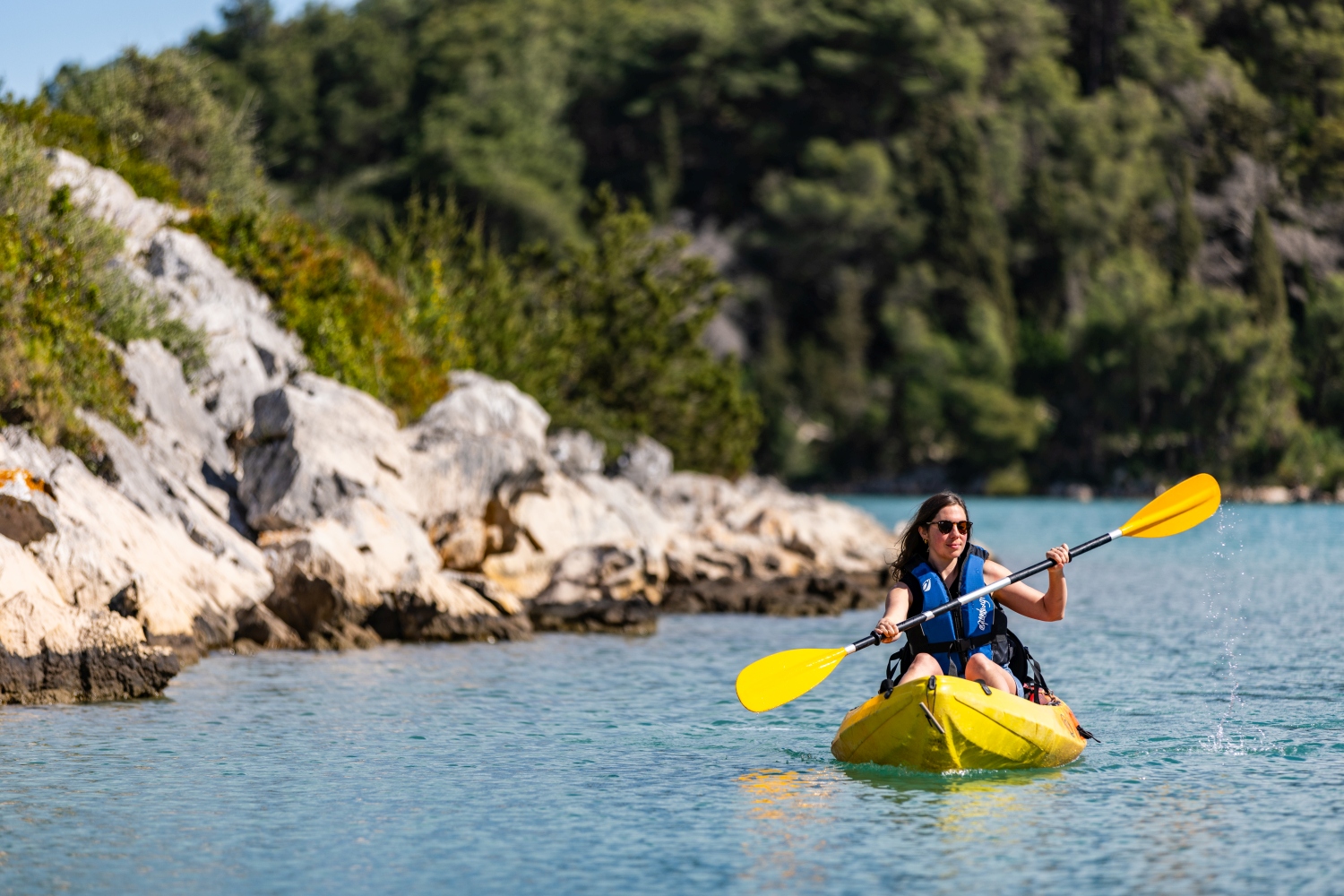
The sea is knitted into daily life in Zadar. All along the city edge are rocky swim spots with ladders and diving platforms to leap off. Ferries leave regularly from the harbour, headed for the Zadar islands off the city’s coast. I catch a ride to one such gem—Dugi Otok, which simply means Long Island—that’s an hour’s chugging ferry ride away. Here, life moves at a slower pace. When you’ve hopped off the boat in the pretty main port of Sali, it’s easy to explore forested hiking trails and sunny clifftop walks on foot. The land rises steeply out of the Adriatic, with dramatic tall cliffs you can hike above or below. In the island’s centre, rock-strewn fields of grapes and olives lead to the shores of the deep green Mir Salt Lake.
“A vineyard has flourished here at Kraljevski Vinogradi for a thousand years”
All these days of adventurous exploring should reap some reward, and back on the mainland in lush green countryside outside the city I find Kraljevski Vinogradi. A vineyard has flourished here for a thousand years.

Now, at its sunny outdoor tables, foodies, oenophiles, and a group of tired cyclists have pulled up chairs to sip the dazzlingly gold Pošip wine made here, and to try local delights such as Pag cheese and Croatia’s famed prosciutto, which is dried in the northerly Bura winds. A big barbeque is heating up for peka, a meat-and-potato or seafood bake, that is roasted under a bell-shaped pot and served with a view of the young green vines stretching away to the sparkling Adriatic in the distance.
May those famous north winds blow you in the direction of Zadar. This wild corner of Croatia seems to have it all—epic mountains, ocean swims, untouched islands, and a perfect city centre where you can toast your day’s adventures as the sun sets.
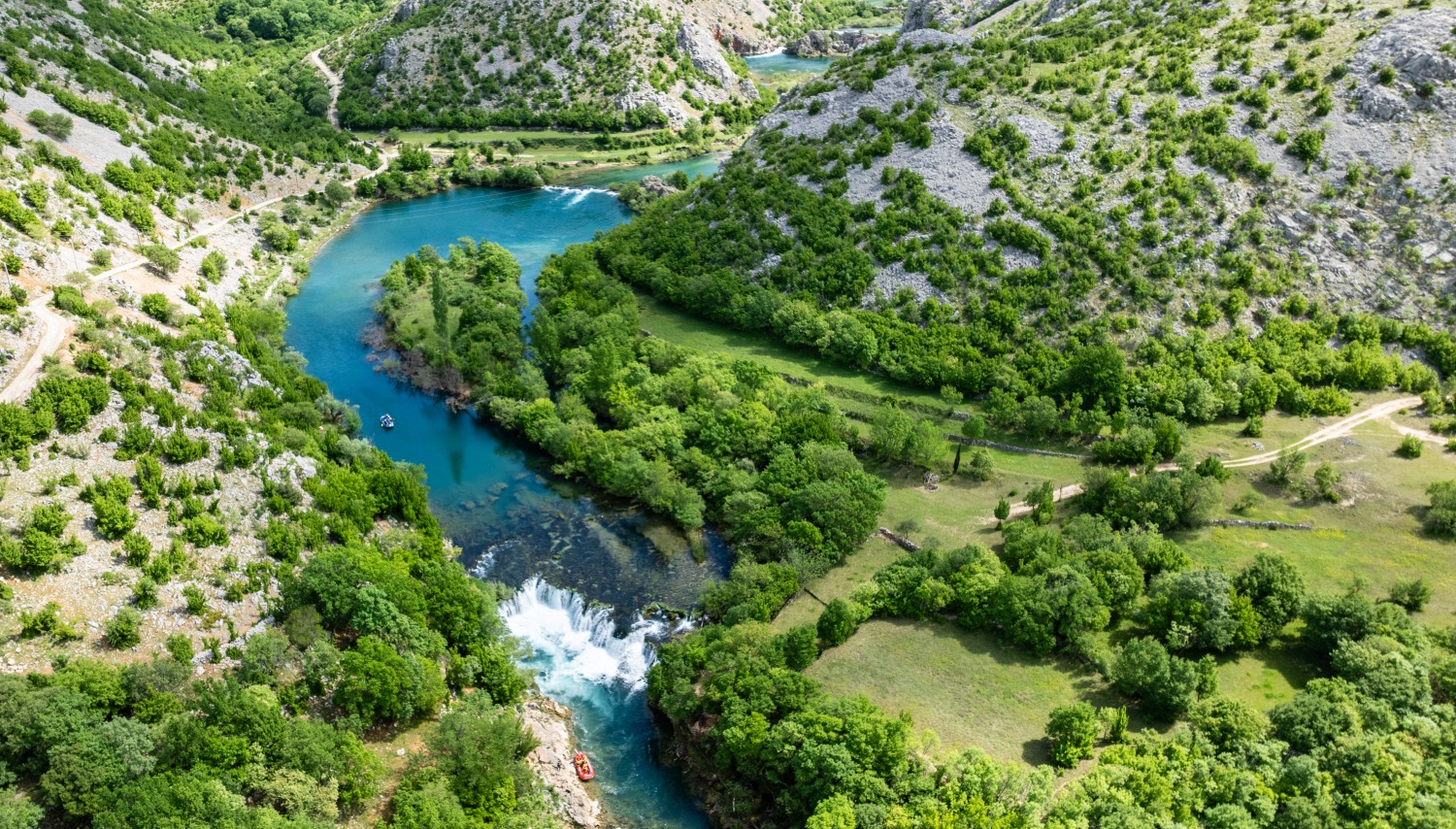
Know How
Our trip
Sian’s visit was supported by the Zadar Region tourist board. You can find information and inspiration on where to go and what to see on their website.
Getting there
Multiple airlines such as easyJet and Ryanair fly to Zadar from UK cities, including Manchester, London, Birmingham, Bournemouth and Liverpool.
Where to stay
In Zadar, Sian stayed at the Falkensteiner Borik hotel in Zadar, from which you can reach the city’s harbourside on foot.
Guides and activities
Sian’s climbing and hiking was organised by Rajna Outdoor. The rafting was arranged by Riva Rafting Centar, and her excursion on Dugi Otok was guided by Mate Frka, who can be booked through the island’s tourist office.

